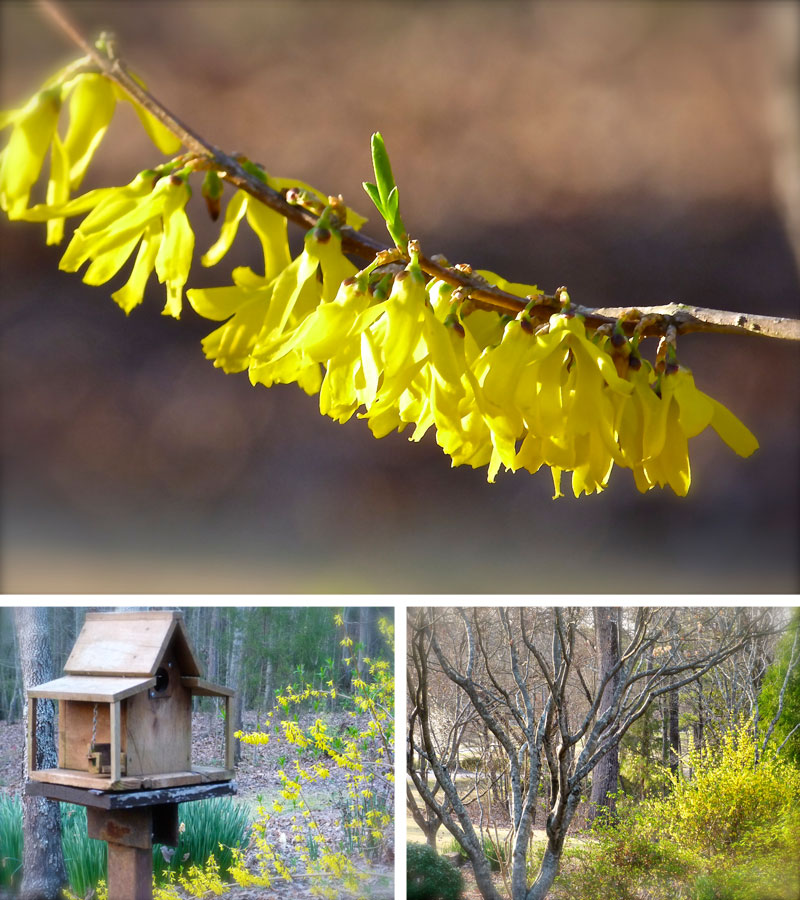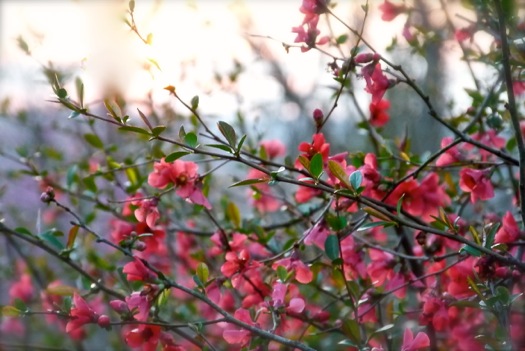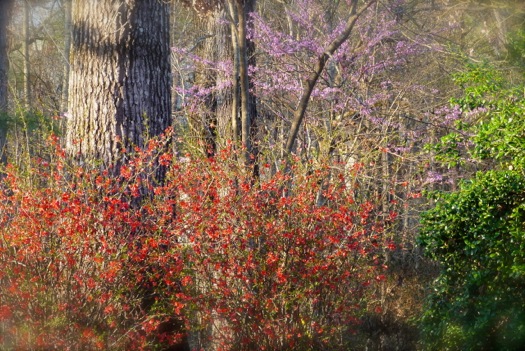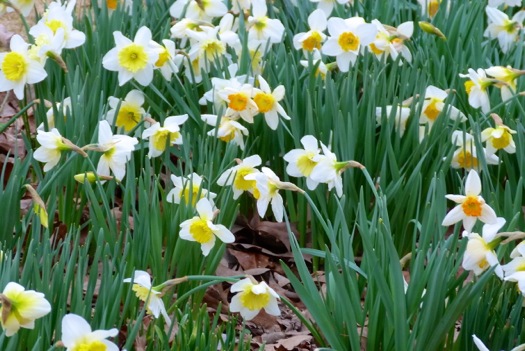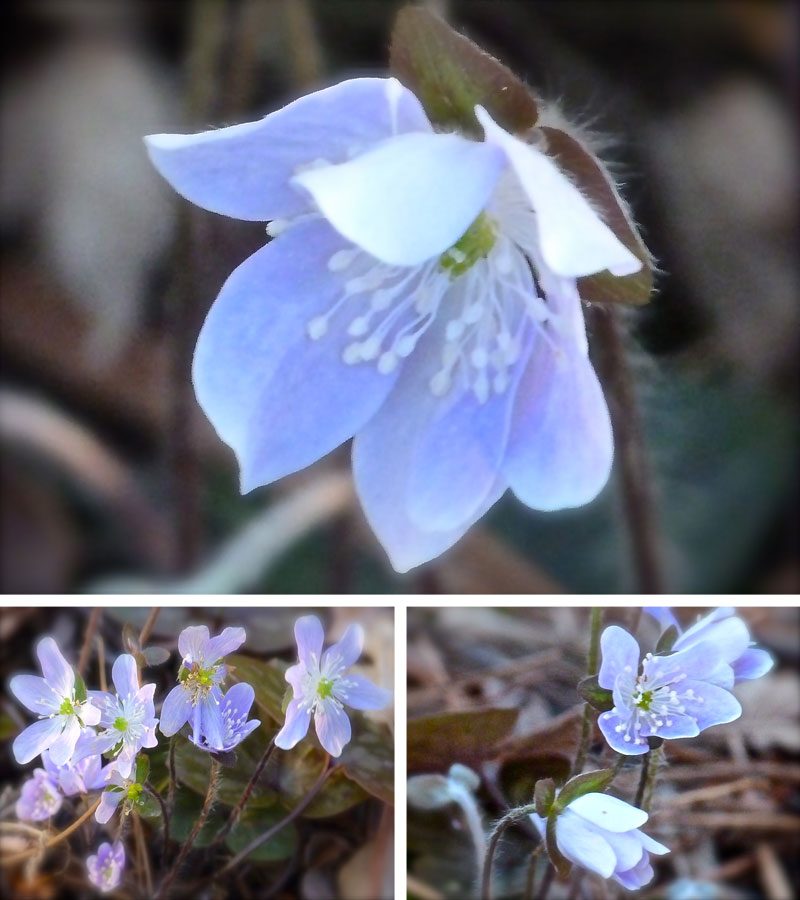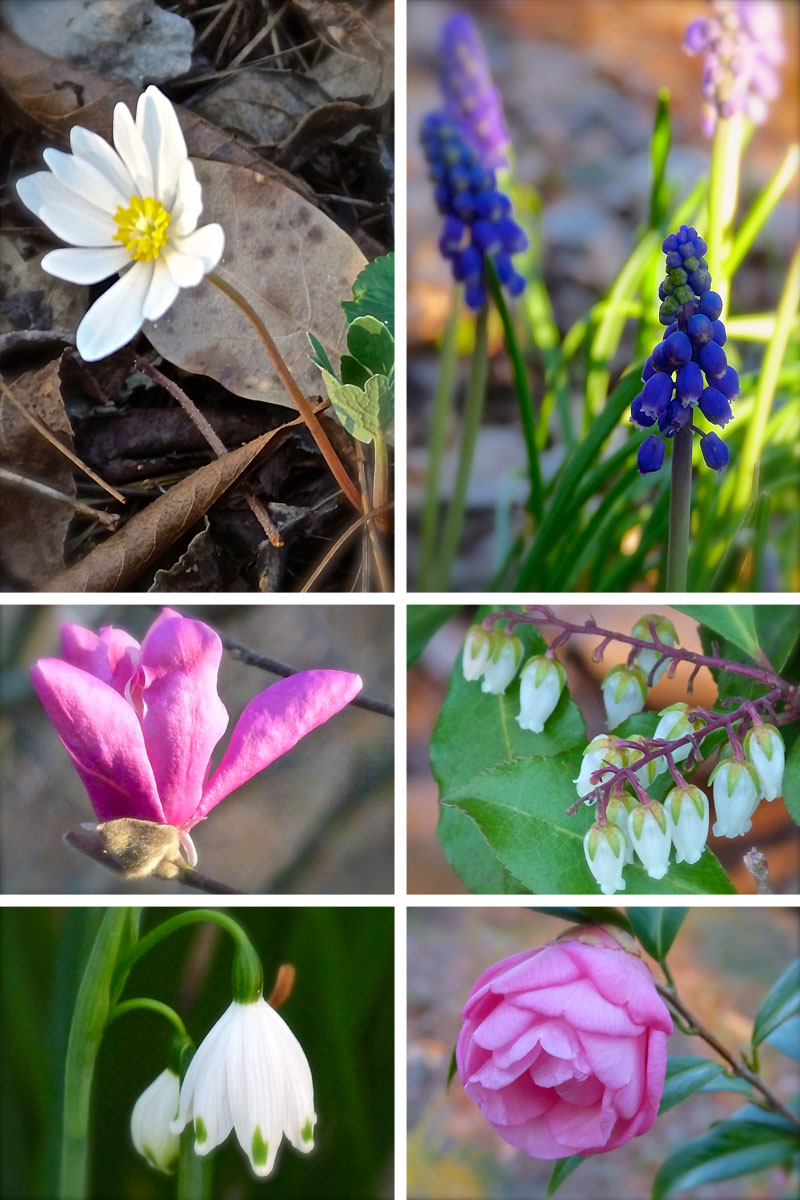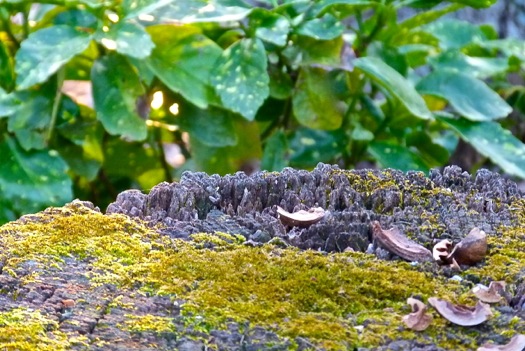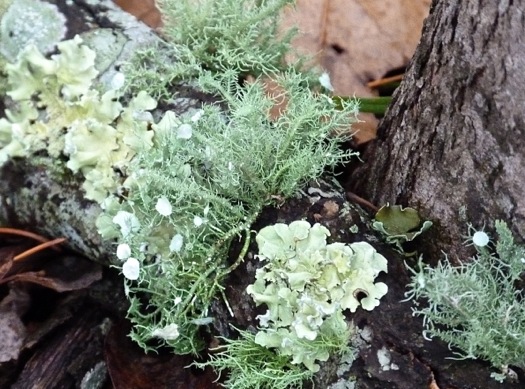Plants for Winter Blooms
 Sunday, January 20, 2019 at 6:30PM
Sunday, January 20, 2019 at 6:30PM Why in the world do we gardeners put in plants that bloom in winter? Why the obsession to find a spot of color against a gloomy landscape? I was asking these questions today when a bit of sunshine, after several overhung days, pulled me outside. The temperature was barely above freezing, a bitter breeze blew in my face, and the soil was soggy from recent rains. Nevertheless, there I was, bundled up, searching for those hardy blooms that braved the vacillations of an Alabama winter.  Camellia japonica 'Red Candles' is a prolific winter bloomer, despite frosty air.
Camellia japonica 'Red Candles' is a prolific winter bloomer, despite frosty air.
The fact is, many of us gardeners are greedy people. We want it all. We want a year-round paradise, if not in reality, at least in our dreams. Even northern gardeners who are snowed-in through much of the winter challenge the frozen land outside their windows. They hover around grow lights in the basement or bathroom, nurturing seedlings for a warmer season. They fill sunrooms, kitchens, and other living areas with green plants and pots of flowering tropicals, whose vibrant leaves and colorful blooms are remarkably beautiful against a backdrop of snow.
As for me, today I needed to be outside, checking on things. Flowering quince, Chaenomeles, is a shrub whose flowers may persist for two or more months.
Flowering quince, Chaenomeles, is a shrub whose flowers may persist for two or more months.Hellebores are up and producing flowers.This is another plant whose blooms may continue for several months.My garden in January is no paradise, but rather a panorama of bare stems and branches against a backdrop of evergreens. But I found occasional buds and blooms, and I was happy my garden included a few plants that dared to blossom in winter.
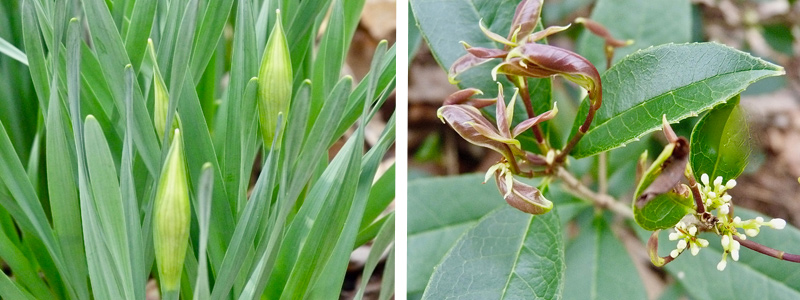 Daffodils are just pushing up and beginning to form buds, and tea olives are filled with tiny white buds that will soon fill the arbor garden with fragrance.
Daffodils are just pushing up and beginning to form buds, and tea olives are filled with tiny white buds that will soon fill the arbor garden with fragrance.
 Variegated Winter Daphne is also filled with buds that will soon open to fragrant blooms.
Variegated Winter Daphne is also filled with buds that will soon open to fragrant blooms.
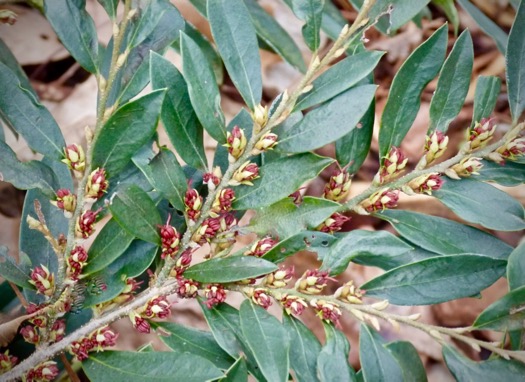 Distylium 'Vintage Jade' has many tiny red buds. When they open, they are reminiscent of witch hazel.
Distylium 'Vintage Jade' has many tiny red buds. When they open, they are reminiscent of witch hazel.
 This Edgeworthia chrysantha bud is just beginning to open.
This Edgeworthia chrysantha bud is just beginning to open.
 Another view of Edgeworthia buds. Yes, they feel furry!
Another view of Edgeworthia buds. Yes, they feel furry!
 Camellia 'Something Beautiful' lives up to its name.
Camellia 'Something Beautiful' lives up to its name.
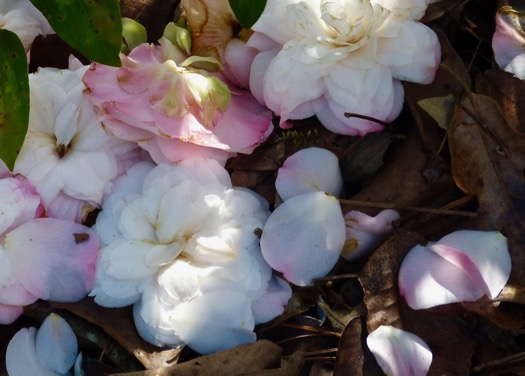 Many of the Camellia 'Something Beautiful' blooms have fallen to the ground because of wind and rain, forming bouquets of blossoms on the earth. Fortunately, many more remain on the shrub.
Many of the Camellia 'Something Beautiful' blooms have fallen to the ground because of wind and rain, forming bouquets of blossoms on the earth. Fortunately, many more remain on the shrub.
I felt a hint of things stirring beneath the surface as I examined the blooms in my winter garden, and I am reassured that spring will come.
